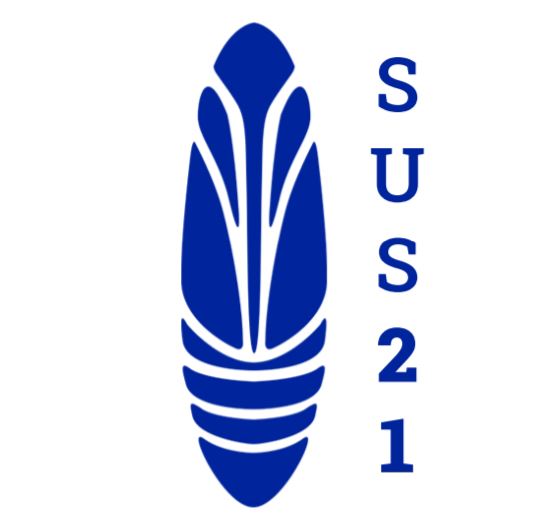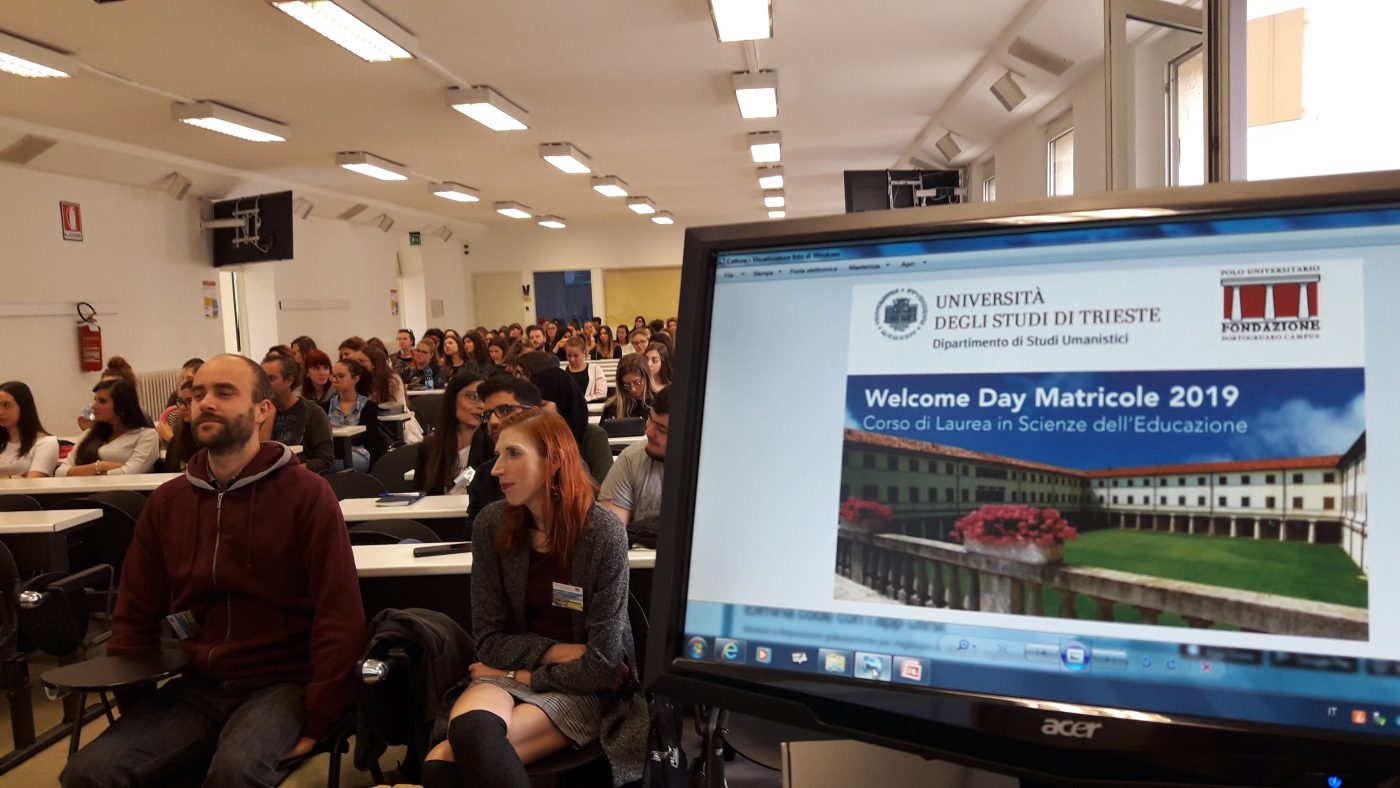| There are different definitions of well-being and well-being at workplace. According to the Chartered Institute of Personnel and Development (CIPD) it is defined as: «creating an environment to promote a state of contentment which allows an employee to flourish and achieve their full potential for the benefit of themselves and their organisation» The CIPD states that «employee well-being at work initiatives need to balance the needs of the employee with those of the organization» (CIPD, 2016, p. 21). Actually the field of health and well-being at work represent is a key priority for the EU. Several Researches underline that higher wellbeing have an important impact on different aspects such as health and higher productivity at work. Moreover, high level of satisfaction with work-life balance is linked to differences in working hours and better working environments. On the other hand, stress and malaise at workplace are directly linked with high levels of turnover, burnout, healthy problems as well as poor customer service. For this reason enterprises and organizations are increasingly recognising well-being at work a key factor to take care seriously. They are adopting several strategies and promoting activities, such as: Massages;Yoga/mindufulness classes;Healthy lunch break;Comfortable work environment;Social spaces;Flexible work hours;Different incentives (financial or non-financial incentives) | |
| The IO6 – Well-being and sustainability. How to build a sustainable work culture The challenge is to match the needs, competences, and abilities of the individual with the jobs and the quality of working conditions (Eurofounds, 2015) in order to foster rather than to exploit human resources. Target groups are educators (cooperatives, associations, public institutions). The IO will be realized through a bottom-up strategy in order to actively involve the target groups. Will be used active methodologies and tools (working groups, flipped activities, self-evaluation tools) to activate people and make them aware of their roles and functions in promoting a sustainable working condition and personal well-being. The analysis need will be managed using a closed questions questionnaire on the theme “well-being and sustainability at work” and the data will be analyzed by different focuses: organizational aspect; working group situation and relational and communicative dynamics. The key elements that will emerge from quantitative data will be examine in depth using Focus Groups and interviews. This IO represents an innovation of process based on the direct involving of the target groups. The element of innovation is represented by a matrix of self-evaluation about well-being practices in order to make responsible workers about their work conditions and situations. This matrix aims to elaborate a transferable guide with the key indicator to build a culture of sustainable work. | |

